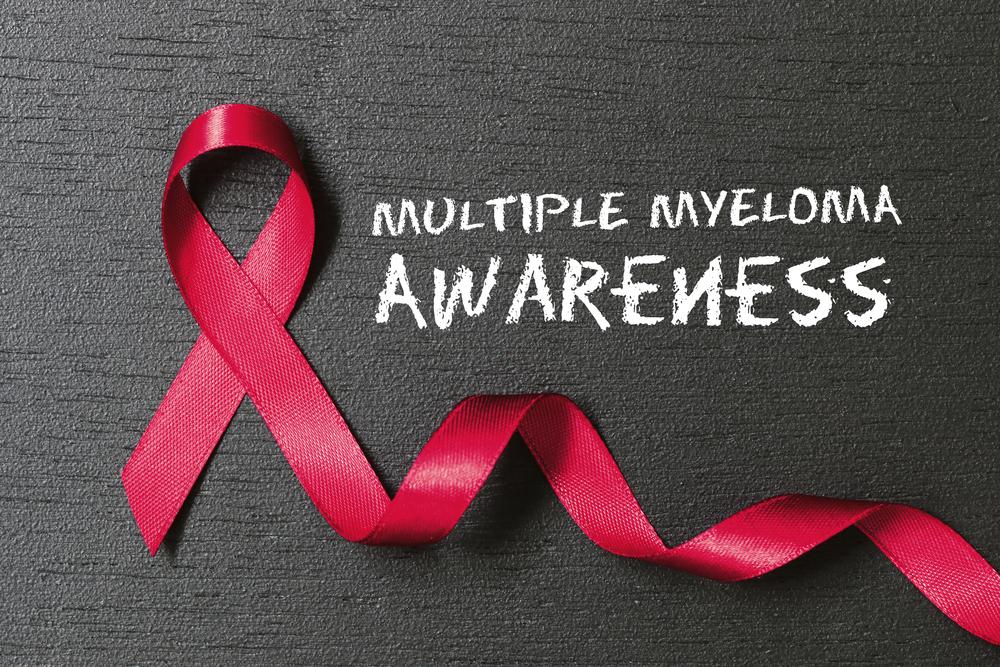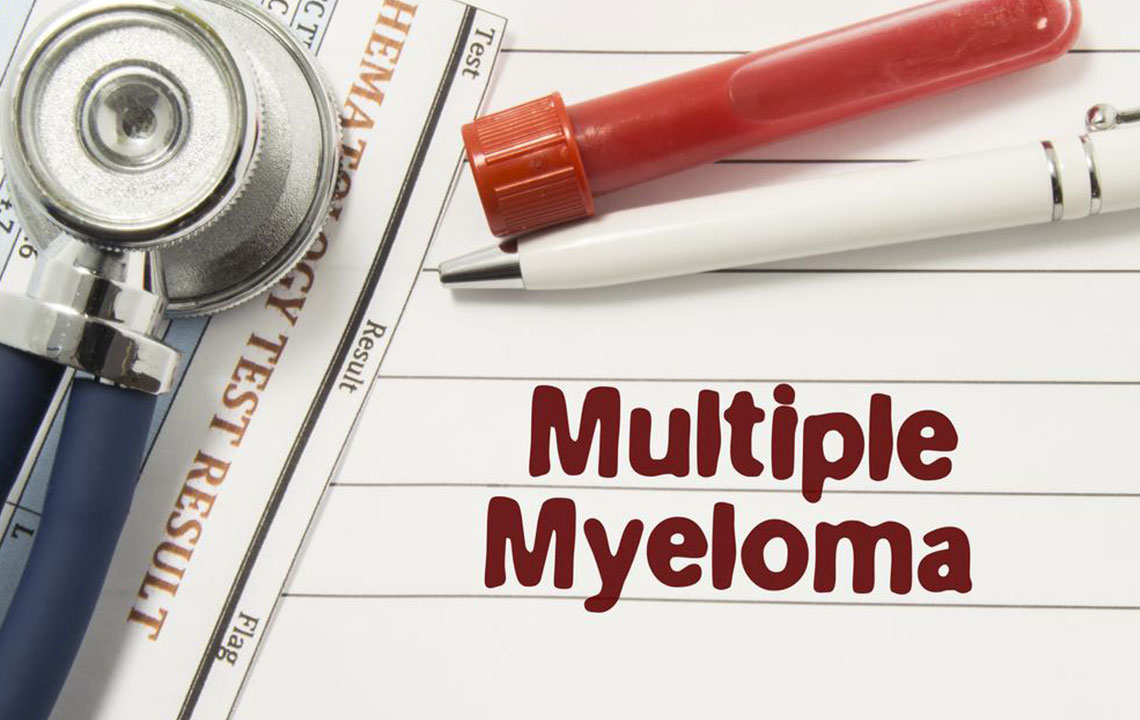Breakthrough Strategies in Managing Multiple Myeloma: Advances in Treatment and Care
Discover the latest innovations in managing multiple myeloma, including targeted therapies, immunomodulation, stem cell transplantation, and emerging treatments that promise improved outcomes for patients. Learn how modern advances are transforming prognosis and quality of life in this complex blood cancer.

Breakthrough Strategies in Managing Multiple Myeloma: Advances in Treatment and Care
Multiple myeloma is a complex and often challenging form of blood cancer that originates from malignant plasma cells within the bone marrow. Under normal conditions, plasma cells play a crucial role in the immune system by producing antibodies that help fight infections. However, in multiple myeloma, these plasma cells become abnormal and proliferate uncontrollably, leading to a variety of health complications. Their unchecked growth crowds out healthy blood cells, weakening the immune system, and they produce abnormal proteins—such as monoclonal antibodies—that cause additional health issues and damage to bones and organs. This disease is a serious health condition that necessitates continuous innovation in management and treatment approaches to improve patient outcomes.
Understanding the early development stages of multiple myeloma is key to improving prognosis. Often, the disease begins as a precancerous condition called monoclonal gammopathy of undetermined significance (MGUS). MGUS is characterized by the presence of small amounts of abnormal monoclonal proteins (M-proteins) in the blood. It is relatively common, especially among individuals over 50 years old, with roughly 3% of this population exhibiting MGUS. While MGUS itself is benign, it has the potential to progress into active multiple myeloma over time. Approximately 1% of those with MGUS develop active disease annually, emphasizing the importance of monitoring and early intervention. Unlike advanced multiple myeloma, MGUS features lower levels of abnormal proteins, resulting in fewer symptoms and less immediate health risk, but vigilance remains essential.
With the advancement of medical research, a variety of innovative treatment options have emerged, targeted at different mechanisms involved in myeloma cell survival and proliferation. The primary goal of these therapies is to selectively target and eliminate malignant plasma cells, thereby controlling disease progression and improving patient quality of life. Modern treatments are often combined into comprehensive regimens tailored to individual patient needs, disease stage, and response to previous therapies. These options include pharmacological agents that interfere with cancer cell functions, as well as procedures like stem cell transplantation, which can offer potential long-term remission or even cures.
One of the most significant recent advances involves the use of proteasome inhibitors. Proteasomes are cellular structures responsible for degrading unwanted or damaged proteins. Cancer cells, particularly those in multiple myeloma, heavily rely on proteasomes to manage the high amount of abnormal proteins they produce. Drugs such as bortezomib and ixazomib inhibit proteasome activity, leading to an accumulation of toxic proteins within myeloma cells, ultimately triggering apoptosis (programmed cell death). These agents have shown substantial efficacy in controlling disease and are often used in combination with other treatments to enhance outcomes.
Immunomodulatory drugs (IMiDs), with lenalidomide being a prime example, play a crucial role in stimulating the body's immune response against myeloma cells. They activate immune cells and enhance their ability to recognize and destroy cancerous plasma cells. These drugs also have direct anti-myeloma effects and are typically included in first-line or relapsed/refractory treatment regimens. However, they can cause side effects such as blood clots, neutropenia, and fatigue, requiring careful management and monitoring.
Steroids, like dexamethasone, are frequently incorporated into myeloma treatment plans due to their potent anti-inflammatory and anti-cancer properties. They can directly induce apoptosis in myeloma cells and help reduce inflammation related to tumor growth and bone destruction. Despite their effectiveness, steroids are associated with side effects including elevated blood sugar levels, osteoporosis, weight gain, and mood changes, especially with prolonged use.
Histone deacetylase (HDAC) inhibitors represent another innovative class of drugs. They interfere with enzymes that control gene expression in cancer cells, leading to cell cycle arrest, differentiation, or apoptosis. These drugs hinder the proliferation of myeloma cells and are often used in combination with other therapies for better efficacy.
Monoclonal antibodies are engineered to target specific proteins expressed on the surface of myeloma cells. Agents such as daratumumab bind to these proteins, activating immune mechanisms like antibody-dependent cellular cytotoxicity (ADCC), which enhances the immune system’s ability to eradicate malignant cells. Such targeted immunotherapy has revolutionized multiple myeloma treatment, offering highly specific attack options with a manageable side effect profile.
Chemotherapy continues to be a foundational component in multiple myeloma management, especially during initial treatment phases and prior to stem cell transplants. Cytotoxic drugs are used to kill rapidly dividing cancer cells, often in cycles to maximize efficacy while allowing the body time to recover. Although chemotherapy is associated with significant side effects, advancements in supportive care have improved its safety profile.
Perhaps the most promising development in multiple myeloma management is stem cell transplantation, which can provide durable remission for eligible patients. High-dose chemotherapy is administered to wipe out most of the malignant plasma cells, followed by the infusion of healthy stem cells to restore bone marrow function. Autologous transplantation involves harvesting the patient's own stem cells, whereas allogeneic transplantation uses donor cells. The latter can potentially cure the disease by leveraging graft-versus-myeloma effects but carries risks like graft-versus-host disease (GVHD). Recent research aims to optimize conditioning regimens and minimize complications to make stem cell transplantation safer and more effective.
Ongoing clinical trials and research continue to refine these therapies, explore novel agents, and develop personalized medicine approaches to improve survival and quality of life for multiple myeloma patients. From targeted molecular therapies to immune-based strategies, the future of multiple myeloma treatment holds promise for more effective, less toxic options that can transform this once incurable disease into a manageable condition.





